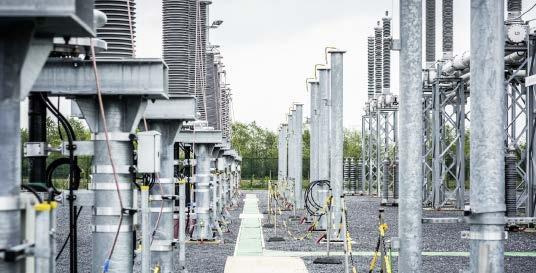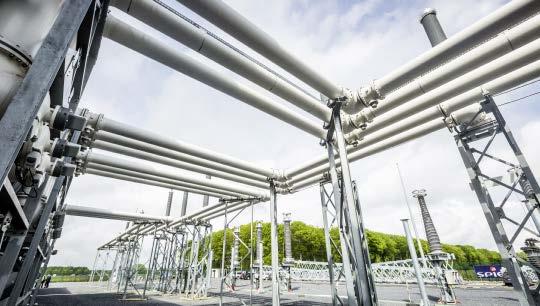
2 minute read
welfare
4.8.3.2. An ‘in the market’ thermal fleet to deliver on welfare
As observed from the model results (see Section 4.5), the thermal fleet is not making sufficient revenue to cover its investment costs and therefore, there are insufficient incentives for new investments in such technology. In order to estimate how much capacity the market may deliver, from the same initial case (3.6 GW of new CCGT), capacity was systematically removed (i.e. by artificially introducing scarcity in the model) until the median revenues (of the statistical population) from the remaining thermal fleet in Belgium are sufficient to cover the annuity + FOM of a new investment in the Belgian market. Results show that 1.6 GW of new CCGT would have to be built in the market, assuming that investors would rely on revenue expectation for a median year. When more capacity would be built in the market, revenues would become insufficient to cover the investment. In other words, removing around 2 GW from the market ensures that revenues from the wholesale market would cover the new investments’ fixed costs in an average year. In such a scenario, an average LOLE of 17 hours and a LOLE P95 of 57 hours are observed in the market. This is clearly above the legal criterion of 3 hours of average LOLE and 20 hours for the LOLE P95. The price during those hours is set at 3000 €/MWh in the model, i.e. the current day-ahead market price cap. In this situation, with only 1.6 GW out of 3.6 GW provided by the market, an additional 2 GW of units should be available out of the market to keep the country adequate. More information on the concepts related to ‘out’ and ‘in’ the market mechanisms can be found in Section 5.2. Compared to a situation where all capacity is operated in the market, keeping 2 GW as out-of-market capacity would result in: — a loss of 1,500M€/year for the consumer (due to the higher price levels); — a gain of around 300 M€/year in congestion rents; — a gain of around 600 M€/year for the producer . The net welfare loss for Belgium amounts to 600 M€/year (sum of the three components above). The outcome in terms of wholesale market price is illustrated in Figure 114. It results from the sensitivity that the prices will be on average structurally higher in Belgium by around 15 €/MWh compared to those of neighbouring countries. More developments on these findings can be found in chapter 5.
AVERAGE WHOLESALE MARKET PRICE DIFFERENCE BETWEEN BELGIUM AND NEIGHBOURING COUNTRIES ON THE 'BASE CASE - C2G' - 100% CCGT SCENARIO (FIG. 114) (negative = price in the neighbouring countries is lower)
Starting point:
• Adequate scenario for all countries • ‘coal-before-gas’ • 3.6 GW new CCGT in Belgium
Out of the market capacity in BE:
• 17 hours of LOLE in the market in Belgium allowing the production park in the market to recover investments and fixed costs • 1.6 GW new capacity in the market • 2 GW capacity out of the market ensuring adequacy
BC
2030 C2G 100% CCGT
Average difference with our neighbours -2.0 €/MWh 2
With current market design
Average difference with our neighbours -15.4 €/MWh







